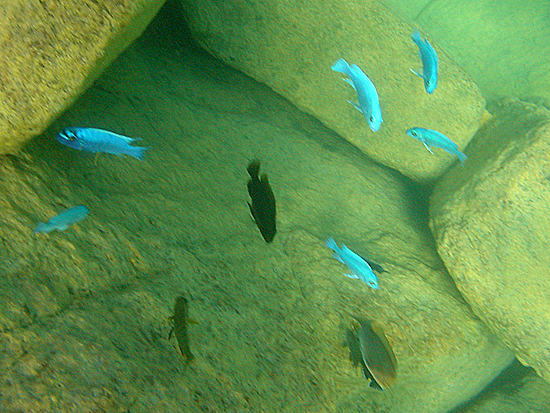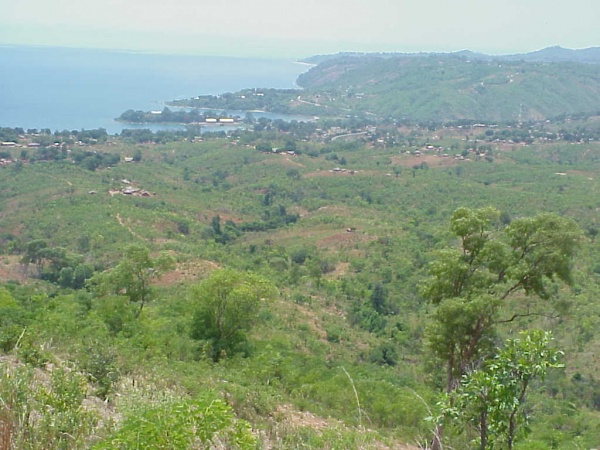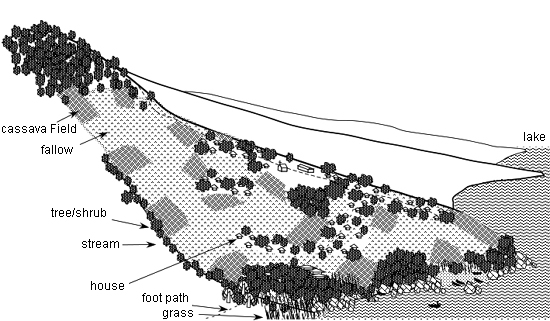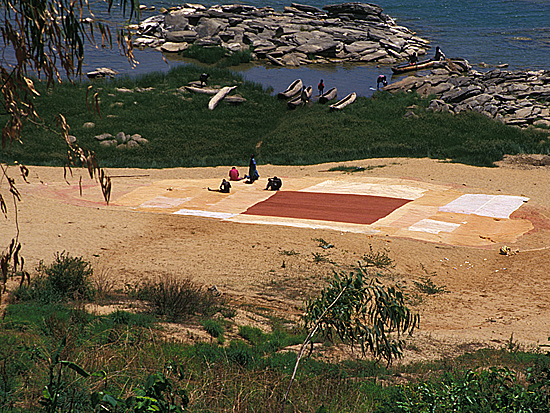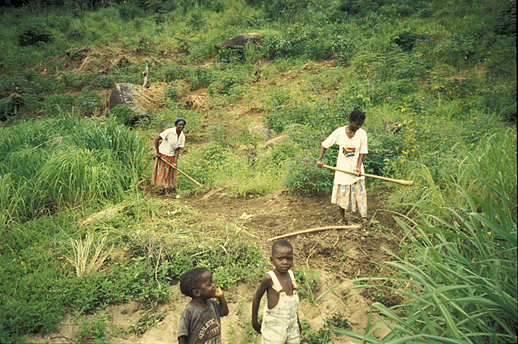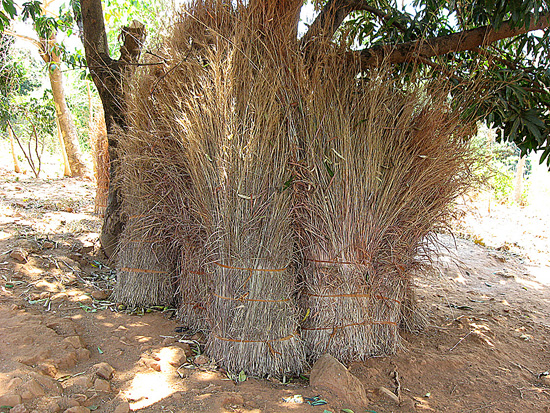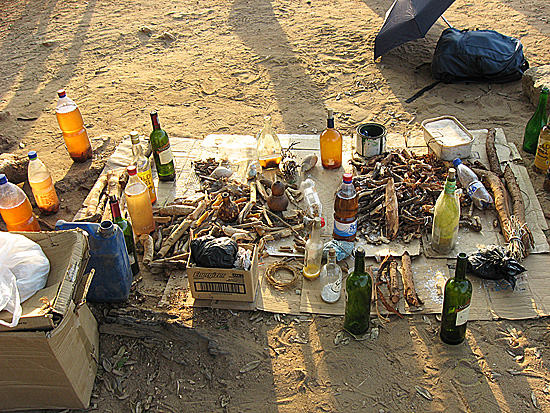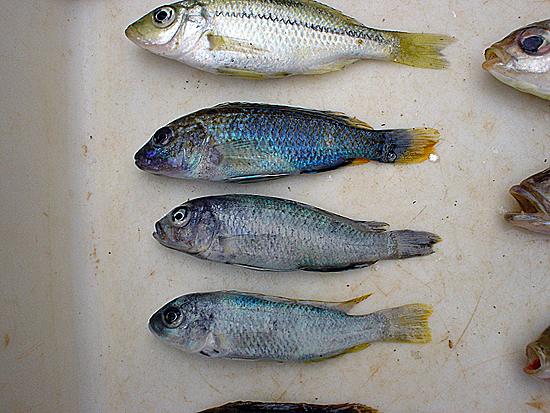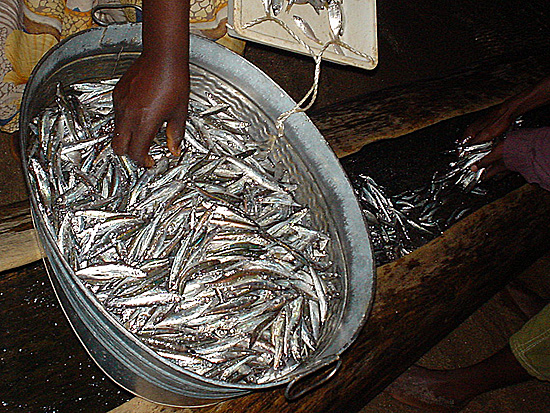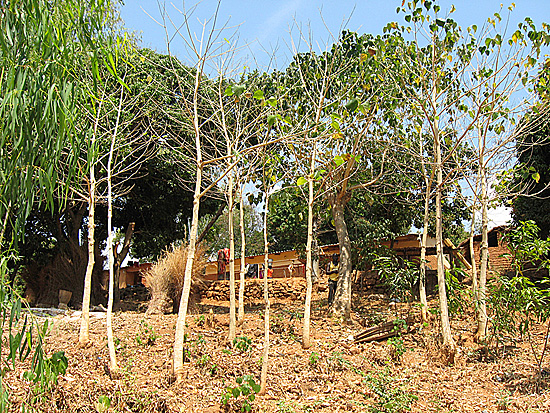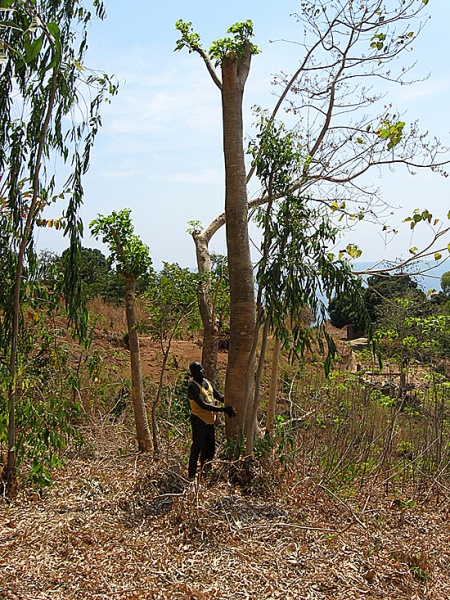Small Scale Catchment Management in Malawi
24.05.2010
-
SUBMITTED ORGANISATION :
-
United Nations University Institute of Advanced Studies
-
DATE OF SUBMISSION :
-
24/05/2010
-
REGION :
-
Eastern Africa
-
COUNTRY :
-
Malawi (Chindozwa, northern Malawi)
-
SUMMARY :
-
Chindozwa’s respect for the environment is built on a past when trees were strategically maintained to ensure rainfall, fishing rituals called for sustainment of various plant materials, and other ritual practices also necessitated villagers conserve terrestrial and aquatic biodiversity. Villagers of Chindozwa utilize their terrestrial and aquatic milieu based on thorough knowledge of local topography and the ecology of its respective biota. Here land use can be classified into four patterns (slash and burn agriculture field, fallow, grassland and residential area) with various materials obtained from these landscapes that sustain livelihood. In terms of water use, a host of hook and net based methods are used to catch various lake fish; categorized according to appearance, ecology and stages of growth. The diverse terrestrial and aquatic biota are not only vital to the local livelihood, but central to the concept of well-being itself, as variety of food from both ecosystems is considered a manifestation of one’s physical, material and social well-being. This belief creates continuing incentive for integrated management of the two biota. Concern of recent deforestation led fishers to perform tree-planting exercises and other sustainable practices. A movement that began at the household level in 1988 consolidated in 2009 into CHI-MO (Chindozwa Home-based Initiative) and is rapidly expanding to neighbouring villages, various government offices and local NGOs.
-
KEYWORD :
-
catchment management, community based organization, well-being
-
AUTHOR:
-
Ms. Setsuko Nakayama has conducted her doctoral studies at the Graduate School of Science, Kyoto University, Japan. After her affiliation at the Graduate School of Asian and African Area Studies, she was assistant professor at Faculty of International Studies, Utsunomiya University at the time of this research. As of June 2010 she will join Kanazawa University, as specially appointed assistant professor at Center for Regional Collaboration in order to conduct a comparative study on local perceptions of terrestrial-aquatic relations and resource use in a satoyama-satoumi area in Noto Penninsula, Ishikawa Prefecture.
-
LINK:


